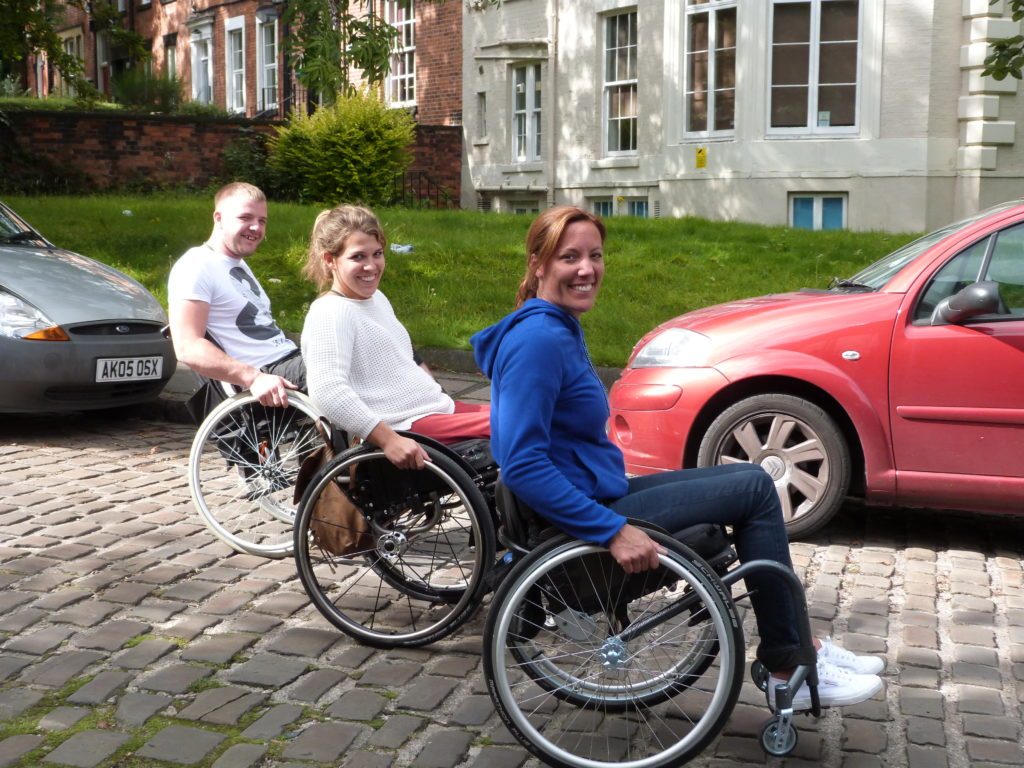The spinal cord is a part of the body that serves many functions, primarily to govern different bodily functions like urination, bowel movement, breathing and numerous reflexes. Once this is damaged or an injury has been made, there will be loss of urinary and bladder control, loss of sensation and loss of movement.
Life is tough for people with spinal cord injuries, but with new technologies, they are able to cope with this change every day.
Assistive Technologies
Assistive technology for those with spinal cord injuries or paralysis, strives to boost their ability to perform activities of daily living and keep them attuned to their environment. This will give them the satisfaction and the will to live life, and improve their quality of living, despite the lack of movement. Some of these devices are wheelchairs and gadgets, that aim to enhance mobility and improve communication capacity.
Power Wheelchair
People, with quadriplegia for example, cannot push a wheelchair with their own arm strength. The power wheelchair is powered by batteries and a motor to make it work. It also has control systems to be handled by the person with the injury. There are now lighter, powerful and faster chairs available, that depends on what the person needs and wants.
iPad
iPads are not just toys for big people, but can also serve as an assistive device for people with spinal cord injuries. There are numerous applications specifically made for people with a disability and it is important that they can use it to make their life easier, even for just communication purposes or asking for directions.
And, since people with this kind of injury usually cannot use their hands, styluses are now available to be used to navigate through the iPad, by biting on it and moving it along the screen. Although it takes some getting used to, it is worth a try.
Brain-Computer Interface
The Brain-Computer Interface or also known as a Mind-Machine Interface, is a direct communication pathway between a wired brain (through an implanted chip) and external device.
This is to repair the human cognitive or sensory-motor functions, among its other purposes.
But, the research has yet to be modified. Hopefully, in the future, people with paralysis are able to produce movement through neuronal signals, possibly feed themselves independently with the use of robotic arms that they have navigated into moving just by simply thinking about the task.
Speech-generating Device
A speech-generating device or voice output communication aid can help a person communicate easily their needs, wants and feelings. This is important for those with spine injuries because of their limited or lack of movement, that they can no longer write or even speak out properly. This device would be really helpful to express themselves better.
Bottom Line
If you or someone you know has a spinal cord injury, do not give up. New technologies are brainstormed and created every day to improve the quality of life. Life is still beautiful and worth living.
